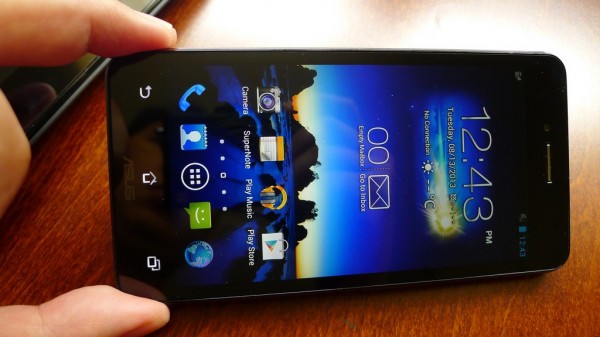
In its latest Padfone Infinity, Asus has come up what is arguably the most elegant “transform” device that combines both a smartphone and tablet in one easy-to-use package.
For folks who are unfamiliar, the Padfone – not to be confused with Asus’ Intel-based Fonepad tablets – is the Taiwanese manufacturer’s line of devices that let you slot in a smartphone to a dock and use it as a tablet.
The latest Infinity version comes packed with a couple of high-res Full HD screens in the phone and tablet, both of which look really streamlined and sleek.
At the heart of things, of course, is the smartphone unit, which is sold on its own. This Padfone has the latest in hardware, including a 5-inch screen, a Qualcomm Snapdragon 600 quad-core processor, 2GB RAM, and logs on to Long Term Evolution (LTE) or 4G networks.
With a 2,400mAh power pack, it also promises long hours for surfing and making calls. Perhaps realising that it doubles up as a tablet, which people will view movies on, Asus has included 32GB or 64GB of storage in the phone itself. That’s more than the usual 16GB for many rival models.
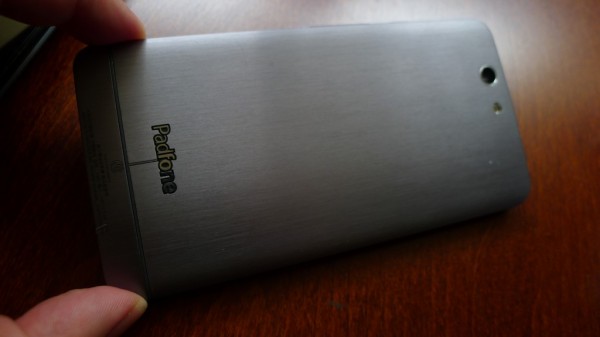
Asus’ design also shines in the Padfone Infinity. Its brushed metal finish is a nice departure from the plastic of Samsung and heavy iPhone-like metal from HTC.
I’ve liked the high-contrast screen offered by the previous Padfone and the Infinity model is no different, even as it pumps up the resolution to 1,920 x 1,080 on the phone. When plugged into the tablet, the 10.1-inch screen goes up to 1,920 x 1,200.
Both screens provided realistic, high-contrast displays when I played back a couple of movie trailers on them. Blacks really impress here, and you don’t get a blurry, hazy display.
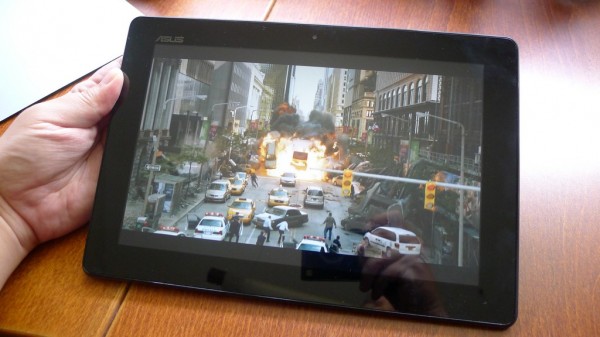
Asus’ interface on the Android operating system is generally neat and doesn’t get in the way as much as, say, Samsung’s. You still get lots of options, for example, in taking out some Asus add-ons on the notification panel. The interface definitely looks better than Samsung’s.
At the same time, the sound produced by the dock station’s speaker – though sadly, not a pair of them – is pretty decent. There’s very little distortion, relatively speaking, as long as you stand up the tablet and don’t face the speaker to the table and produce unnecessary echo.
Unfortunately, I’m not as crazy about the sound from the smartphone itself. It was a little distorted and thin like most smartphone speakers, when I played back a couple of Adele and Norah Jones tracks.
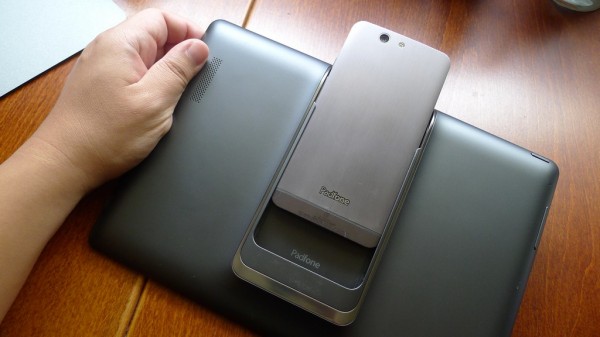
What of the main selling point, the transition from phone to tablet? That’s as easy as sliding the phone unit into the dock when you want to use the tablet, and sliding it out when you don’t. The software seems to have been tweaked to adapt to the right screen within a second or so.
What happens if you’re running an app, say, playing a song on the smartphone, when you plug it into the dock? It will likely close and you have to restart it, unless the app is specially designed to adapt. Google’s music app, for example, has to be restarted.
The dock itself carries a handy 5,000mAh battery, so it should power itself up even when you plug the phone into a larger screen. When you charge up the dock while the phone is plugged in, both are juiced up, so you don’t need two chargers while travelling.
Another plus: if you don’t want to have two SIM cards, then the Padfone Infinity is perfect because you can use the same mobile data bundle you have got on one phone line.
Those are just two benefits of combining your phone and tablet. If you fit into the niche audience for such a device, the Padfone Infinity is surely something up your alley.
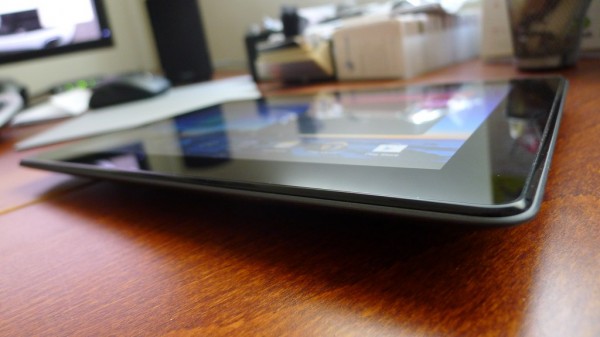
What of the down sides? Though Asus has clearly made the device as sleek as possible, there is still a slight bulge at the back of the tablet. You’d probably want an Asus sleeve to stand up the tablet on a table, say, when viewing movies.
The other thing is answering calls. Asus has the settings configured such that you can answer via a Bluetooth headset if the phone is docked. But that means carrying another device when you’re trying to cut down on one of them.
As a phone, the Padfone Infinity packs the hardware, and as a tablet device, it doesn’t lose to the competition as well. The S$898 price for the phone is competitive with other similar top-end makes, yet the additional S$368 for the dock pushes the price up to S$1,266.
That’s alright if you consider that you are having two devices, which should come in the region of close to S$2,000. However, you’re not really having two devices – if you lose your phone or damage it, the Padfone dock is useless.
It’s these little trade-offs that make the Padfone Infinity somewhat of a niche product. Asus has made probably as good a “transform” device as you’d find today, so please check it out at the store. However, you have to first buy into the idea that you want one device instead of two.

















